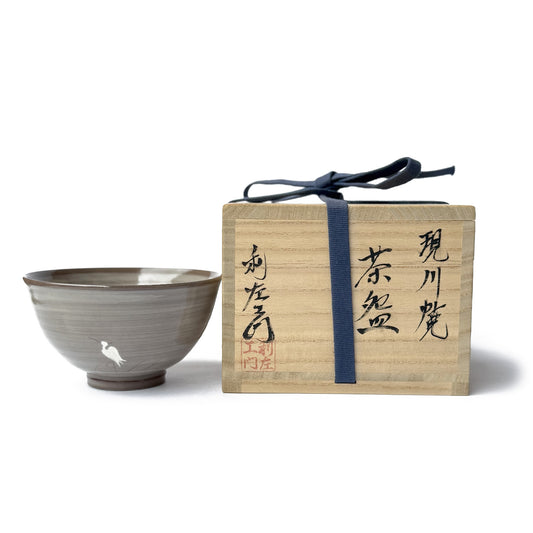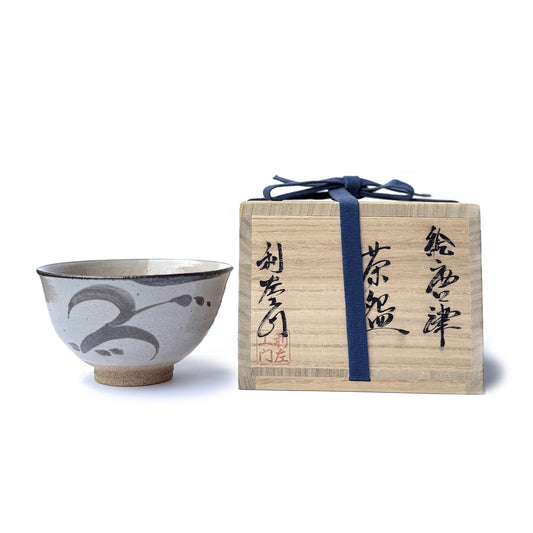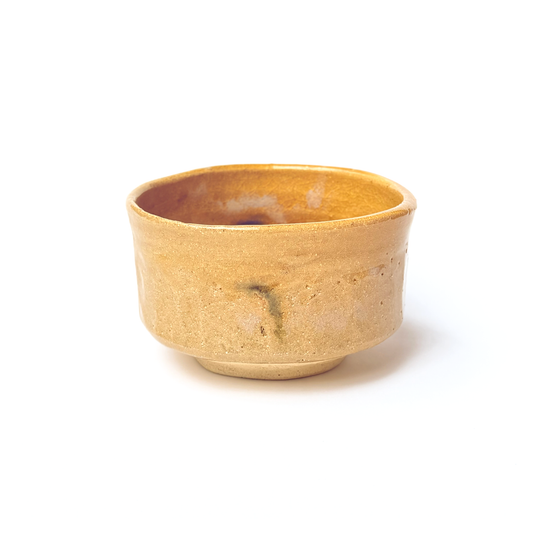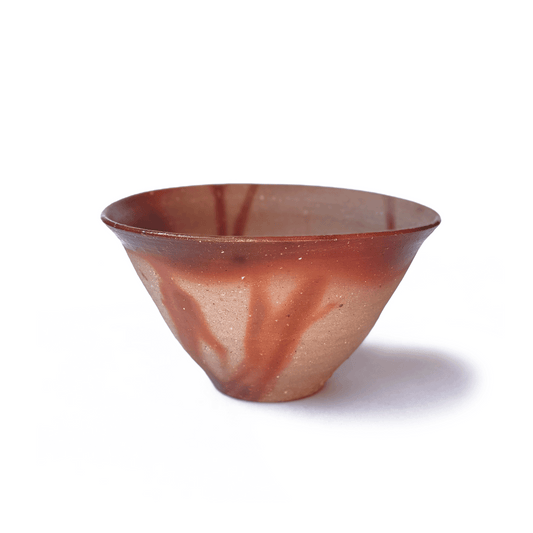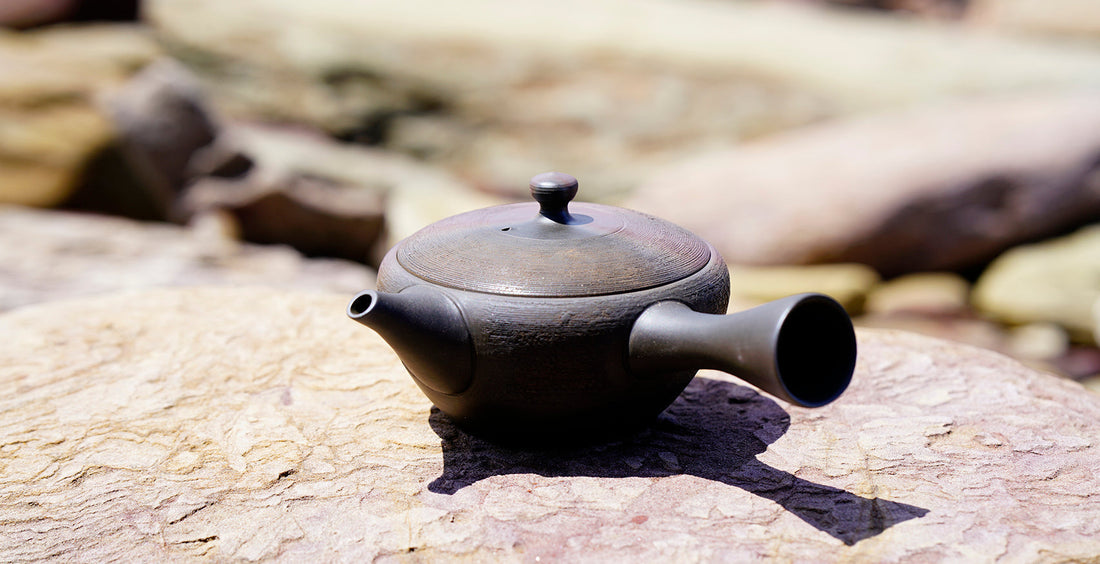
The Magic of Teapot
Share
Why Teapots Matter More Than You Think
When it comes to tea, most of us focus on the leaves - their origin, grade, and aroma. But there’s a quiet hero in every brew that often goes unnoticed: the teapot. Far more than a vessel, a well-crafted teapot can profoundly affect the taste, aroma, & texture of your tea.
How the Right Teapot Enhances Your Brew
A good teapot is far more than a brewing tool, it’s an instrument of harmony between water, leaf, and clay. Every material, curve, and pore works together to shape how tea unfolds in your cup.
1. Heat Retention & Thermal Stability
Tea is extremely sensitive to temperature. Even a few degrees can alter how flavours are released. High-quality clay teapots like Tokoname-yaki are prized for their ability to retain and regulate heat evenly, allowing the water to stay at a stable temperature throughout the infusion.
This consistency means that the delicate amino acids and aromatic compounds in green tea are extracted slowly and evenly, enhancing sweetness and umami, rather than being “shocked” by sudden temperature changes, which can cause bitterness.
2. Clay Composition
Unlike glass or porcelain, unglazed Japanese clay teapots are porous, which allows them to “breathe.” Over time, these micro-pores absorb trace oil & aroma from the tea, seasoning the pot and subtly enriching the taste of future brews. The iron-rich red clay of Tokoname, in particular, is known to neutralise water hardness and smooth out any astringency in green tea, creating a softer, rounder mouthfeel. A 2006 study by Japan’s Ceramic Research Center noted that Tokoname clay can even reduce chlorine odours and improve water quality, which directly influences the taste and clarity of brewed tea.

3. Shape & Flow Design
The teapot’s form determines how tea leaves move and infuse. A well-designed kyusu (Japanese side-handled teapot) allows leaves to swirl gently in the hot water, ensuring an even release of flavour and aroma. The side handle not only improves pouring control but also represents the Japanese approach to ergonomics.
A tight-fitting lid retains aroma, while the precise angle and width of the spout ensure a clean, uninterrupted pour, preserving clarity and preventing bitterness from over-steeping.
4. Material Resonance & Aesthetic Harmony
Clay teapots also carry a tactile and visual warmth that connects the drinker to the natural elements of the tea. The slightly rough texture of Tokoname clay contrasts beautifully with the smoothness of the liquid, heightening sensory awareness. The colour of the clay complements the emerald hue of green tea — a quiet visual harmony that deepens the meditative experience of tea preparation.
5. Longevity & Personalisation
A well-used teapot gradually becomes attuned to its owner’s tea habits. With each brew, it develops a subtle “memory”: a patina that refines both the taste and emotional connection over time. This is why many Japanese tea practitioners use one pot exclusively for a specific type of tea to let the clay absorb and reflect its essence.

